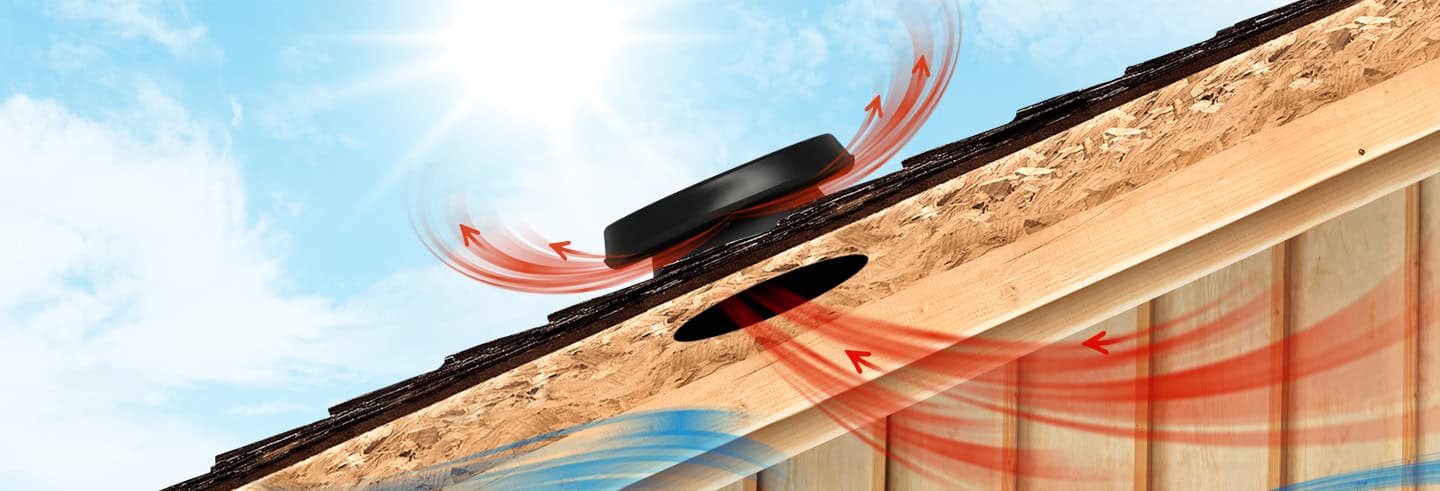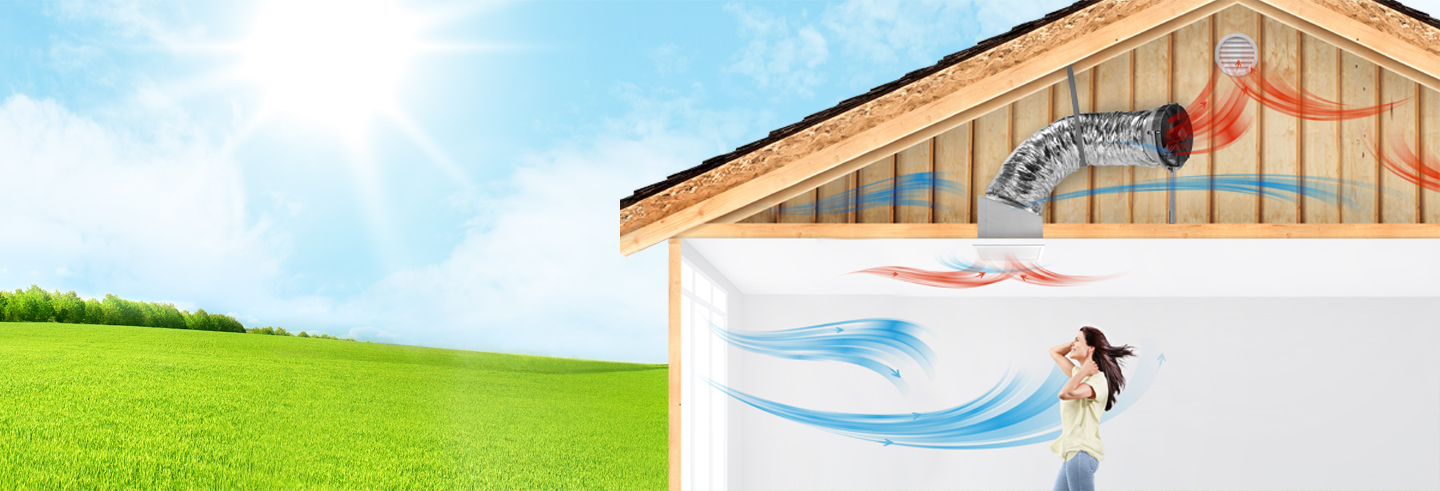How to Choose the Right Ventilation for Your Home
Are you paying high air conditioning bills while still suffering through the summer? When it comes to keeping your house cool during the hotter months, or year-round for that matter, it can be difficult to stay energy-efficient. Two of the most popular and effective options are whole house fans and solar attic fans. Both of these are useful, but some homeowners make the mistake of treating them interchangeably. Let’s break down the details.
Whole House Fans
Let’s start the conversation with whole house fans in San Diego. A whole house fan sits in the ceiling of your home and pulls hot air out of the home by forcing it into the attic space. It then draws it out through the vents in the roof. By creating negative pressure inside the home, cool air is drawn in through the windows. Your average whole house fan will go through around 30 to 60 air changes per hour. This estimate is based on your floor plan as well as which fan you choose.
There are a variety of different benefits to using this type of ventilation. Instead of relying on manufactured cool air, like the coolant in an air conditioner, you can use fresh cool air from the outdoors to make the whole house more comfortable. Sending stale air out through the attic definitely adds to the ambiance, especially when hosting guests. On top of that, a whole house fan is more energy-efficient than an air conditioning unit.
You may be wondering whether or not a whole house fan system can entirely replace your air conditioner. It depends, but it is possible. For those who live in mild climates where the temperature generally stays below 82 degrees, it is certainly possible. In addition, it can be a viable alternative for older homes where it may be difficult or cost-prohibitive to install a central air conditioning system.

Attic Fans
By comparison, attic fans in San Diego are installed in the roof. Rather than regulating the air inside of a house, it focuses on the air specifically inside the attic. This is achieved by pulling the hot air from the attic and venting it out. The attic fan is generally installed with a different purpose than a whole house fan. Roofing materials tend to absorb sunlight, which means an attic can be as much as 30 degrees hotter than the outside air. By using a solar attic fan, the sunlight powers the device during the hottest parts of the day and stops when it is cooler outside.
The first benefit you will reap while using a solar attic ventilation system is supporting your home’s HVAC system. Having an attic fan provides an active removal of that superheated attic air. While this can be accomplished passively with vents, solar attic fans take this to the next level. This helps immensely by not only maintaining heat buildup in the attic but making the entire system more efficient. With your AC working less, your energy bill can start to go down.
Note that if you are planning on having an attic fan installed, there are some other details to take into consideration. For example, since the fans pull hot air from the attic and bring in cooler air from the outside, it’s essential that you take a look at your existing attic vents prior to installation. Your goal here is to make sure there is nothing blocking air from escaping the attic. Secondly, it’s important to ensure there is enough venting for efficient air movement. Lastly, any air conditioning ductwork that you add must be properly sealed from the attic space.
At the end of the day, whole-house fans and attic fans are probably two of the best options for an energy-efficient ventilation system. To get even more information and helpful advice from a professional, contact our customer service agents in San Diego and South Orange County at 619.319.9426 or our location covering Los Angeles and North Orange County at 323.886.2271.

